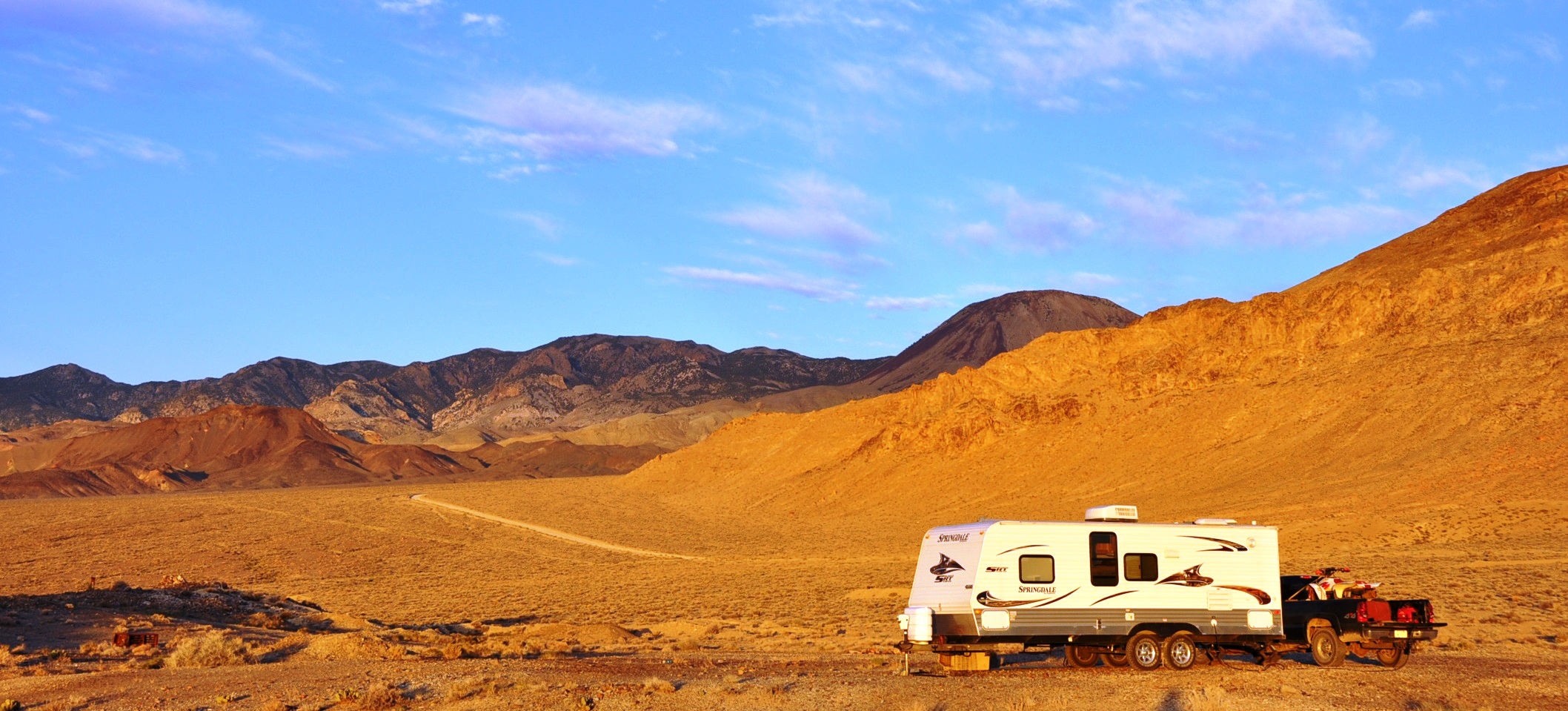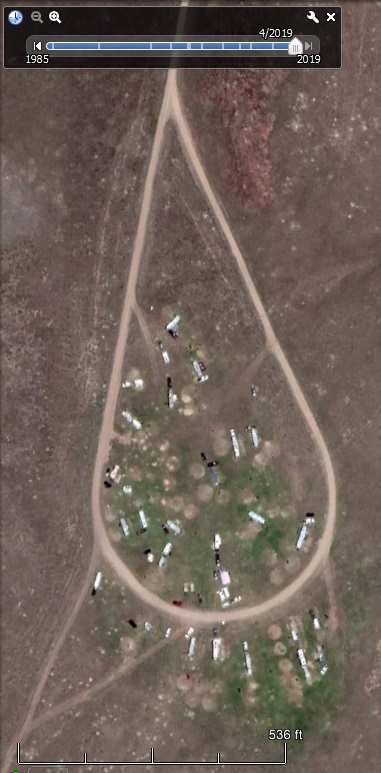
Is It Possible To Find Boondocking Sites In A Big Rig?
When I present my boondocking seminar at RV shows and RV conventions, I am often asked if it is possible to find boondocking sites in a big rig. My answer is it may be a little bit more difficult than a rig like mine (a 27-foot-long travel trailer with high clearance pulled by a 4×4 truck – 50 feet combined length), but it’s definitely doable.
I estimate that 90% of the places my wife and I have camped in the boondocks (dispersed camping on public land with few or no amenities) would be suitable for a big rig. Many are just 100 yards or so off a paved road.
There are a lot of RV myths out there and one big one is that you can’t boondock in a big rig.
Says RVer Mike Wendland
Now that you know that there are boondocking sites for a big rig, the question becomes how do you determine where they are located and how do you safely get your RV to the site?
Finding boondocking sites
While there are many apps and websites that list boondocking sites and we will look at those in a bit, I encourage everyone to learn the tricks to finding them on your own and verifying the access. In fact, I discover the majority of boondocking sites by using Google Earth before we ever leave home.
First, I find the boondocking sites using the method that I outline in the video below. Big rig owners will want to pay special attention where I demonstrate how to determine how long and how level the site is. Using the elevation feature mentioned is crucial to determining how level boondocking sites are and gradients of the access road to get there.
Once I have found potential sites, I will use historical imagery to get a better look at the sites and to gain additional information. Often you will see other RVs that have been camped at some of these sites in the past, providing clues to how long of an RV the boondocking sites will accept.

The next step is looking at the access road from where I leave the asphalt to the boondocking sites to determine if they are suitable for my rig. I scout the road via satellite view, then see if I can gain any additional clues via street view.
Finally, if I have any doubts, I look to the resources listed here for firsthand accounts of the boondocking sites and road access posted by other RVers.
Now, if you are just getting started finding boondocking sites for a big rig and don’t trust your Google Earth locating skills quite yet, here are some websites and apps to get you started.
- RV LIFE Trip Wizard allows you to plan RV-friendly routes based on your vehicle’s exact specifications. You can additionally find campgrounds, fuel stations, dump stations, as well as other points of interest. You can then load your RV-friendly route on the RV LIFE App to get RV-safe, turn-by-turn directions.
- Wheelingit – I highly recommend this website for big rig owners looking to find boondocking sites. The author and her husband spent 8 years traveling the United States in a 45-foot motorhome they called The Beast. They enjoyed boondocking and provide detailed accounts of every place they boondocked including access. The link provided will take you straight to their list of boondocking sites.
- Freecampsites.net lets you search for free campsites across North America. Many of the sites listed are boondocking sites often including reviews from other RVers. These reviews will often list the type and size of their rig along with photos of the campsite.
Remember, if it is listed online, thousands of other campers know about it too, so don’t be surprised if you are not alone.
Finally, true boondocking sites almost always require leaving the asphalt with your RV. Know the capabilities of your rig on less improved roads and if in doubt, walk, drive (tow vehicle or toad), or bike the route first to check access conditions. Don’t be this person and take a big rig where it shouldn’t go:



